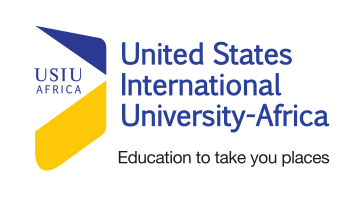Community Service: Six Students Visit The Kids To Kids Foundation To Transform Their Learning Space
Recently, six students visited the Kids to Kids Foundation in Westlands with the aim of addressing the critical infrastructure gaps affecting learning quality, student motivation, and the Foundation’s capacity to fulfil its mission. The Kids to Kids Foundation support Initiative was a targeted, community-focused project aimed at improving the learning environment for 50 underprivileged children enrolled at the Kids to Kids Foundation.
Founded in 1994, under the Anglican Church of Kenya (ACK) at Christ Church Westlands, Nairobi, the Kids to Kids Foundation is a well-established, community-focused outreach initiative that serves children from informal settlements such as Kibagare, Kawangware, and Kangemi. These are areas known for high poverty levels, unemployment, crime, overcrowding, and inadequate infrastructure, where access to food, education, sanitation, and basic healthcare was scarce.
Working closely with the Anglican Church of Kenya (ACK) and the Foundation’s volunteer committee, these students addressed urgent infrastructure needs by providing 15 custom-built child-sized tables, 20 chairs, and two mounted whiteboards. This was not only aimed at improving the comfort, posture, and teaching effectiveness for children and teachers at the foundation, but also served as part of the Community Service (CMS 3700) course.
The entire KES 128,400 project was self-funded, with each student contributing KES 21,400. To support local businesses while ensuring durability, all materials were sourced locally from Elevated Steel Solutions and Whiteboard Masters. The visit was a culmination of various activities, including classwork, project rationale and needs assessment process, planning process, and implementation process.
This initiative reinforced the principle that learning flourishes in environments that respect children’s dignity and comfort. For the students, the project provided practical experience in teamwork, project management, and community engagement, while deepening their understanding of the barriers to education in low-income settings. For the children, the benefits were both immediate and long-lasting: improved comfort, better focus, and a classroom that inspires learning and self-worth.
This project aligned with Kenya’s Vision 2030, several UN Sustainable Development Goals (SDGs), including Quality Education, Zero Hunger, and Reduced Inequalities, the Constitution of Kenya’s provisions on children’s rights, and the university’s mission of community service.
